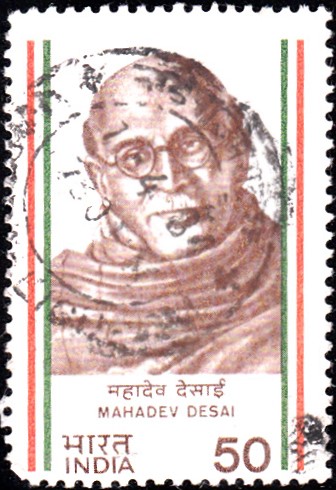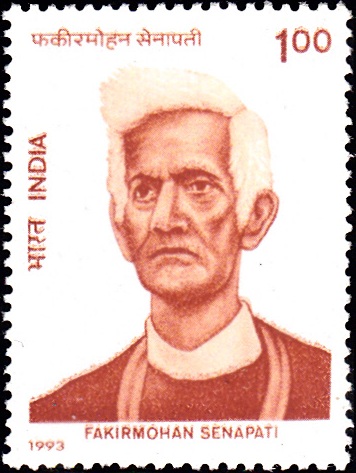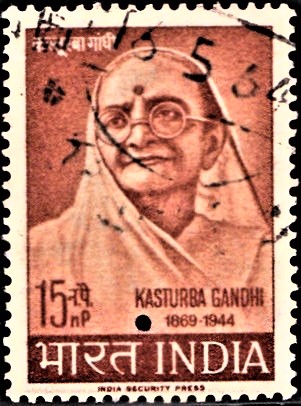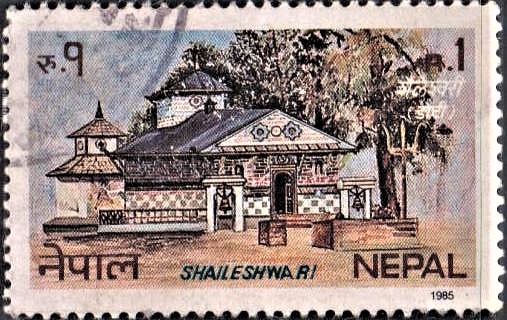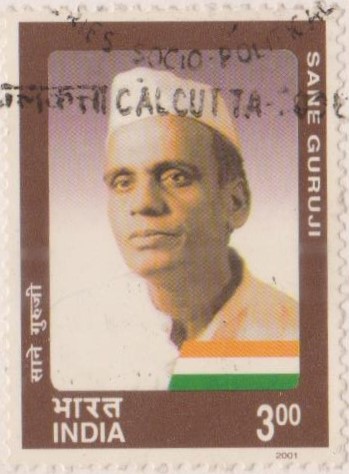
Senapati Bapat
A commemorative postage stamp on the Death Anniversary of Senapati Pandurang Mahadev Bapat, an Indian freedom fighter, led Mulshi satyagraha [a part of the series ‘Personalities Stamps Series‘] :
 Issued by India
Issued by India
Issued on Nov 28, 1977
Issued for : The Indian Posts and Telegraphs Department is privileged to bring out stamps in memory of these great sons of India.
Type : Stamp, Postal Used
Colour : Multicolour
Denomination : 25 Paise
Overall Size : 3.91 X 2.90 cms.
Printing Size : 3.55 X 2.54 cms.
Perforation : 13 x 13
Watermark : Unwatermarked paper
Number Printed : 30,00,000
Number per issue sheet : 35
Printing Process : Photogravure
Designed and Printed at : India Security Press
Name : Pandurang Mahadev Bapat
Born on Nov 12, 1880 at Parner, Ahmednagar district, Maharashtra, India
Died on Nov 28, 1967
About :
- Pandurang Mahadev Bapat, popularly known as ‘Senapati Bapat‘ – owing to his revolutionary role in freedom struggle – was born on November 12, 1880 in Parner (Maharashtra). He had a brilliant academic career and after graduation proceeded to England for studies in Engineering on a scholarship. He campaigned in England for India‘s independence and these activities led to the Bombay University withdrawing the scholarship.
- Bapat returned to India in 1908 and went to Calcutta to meet the Maniktola group of revolutionaries in Bengal. Later he went underground for four years to avoid arrest in the Maniktola Bomb case.
- From 1913 to 1920, Bapat engaged himself in social work. He took an active part in politics and was the sub-editor of Lokmanya Tilak‘s ‘Maratha‘.
- Bapat‘s life was a saga of struggle and suffering. In 1921, he led the famous ‘Mulshi Satyagraha‘. The movement was so revolutionary that it earned him the title ‘Senapati‘. He spent nearly two decades in prison for his part in the freedom struggle.
- After independence, Bapat played a significant role in the struggle for Samyukta Maharashtra and took part in the Goa liberation movement.
- Senapati Bapat was also an erudite scholar. His published works include commentaries on Bhagwat Gita and the Upanishads and translations from Sri Aurobindo.
- Bapat died on November 28, 1967.


